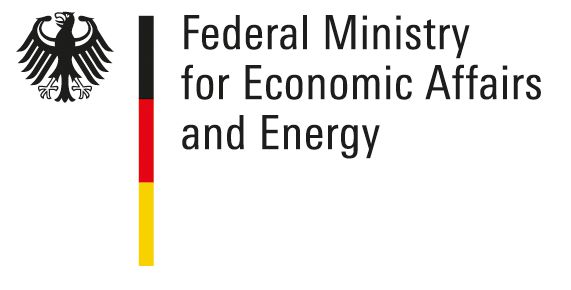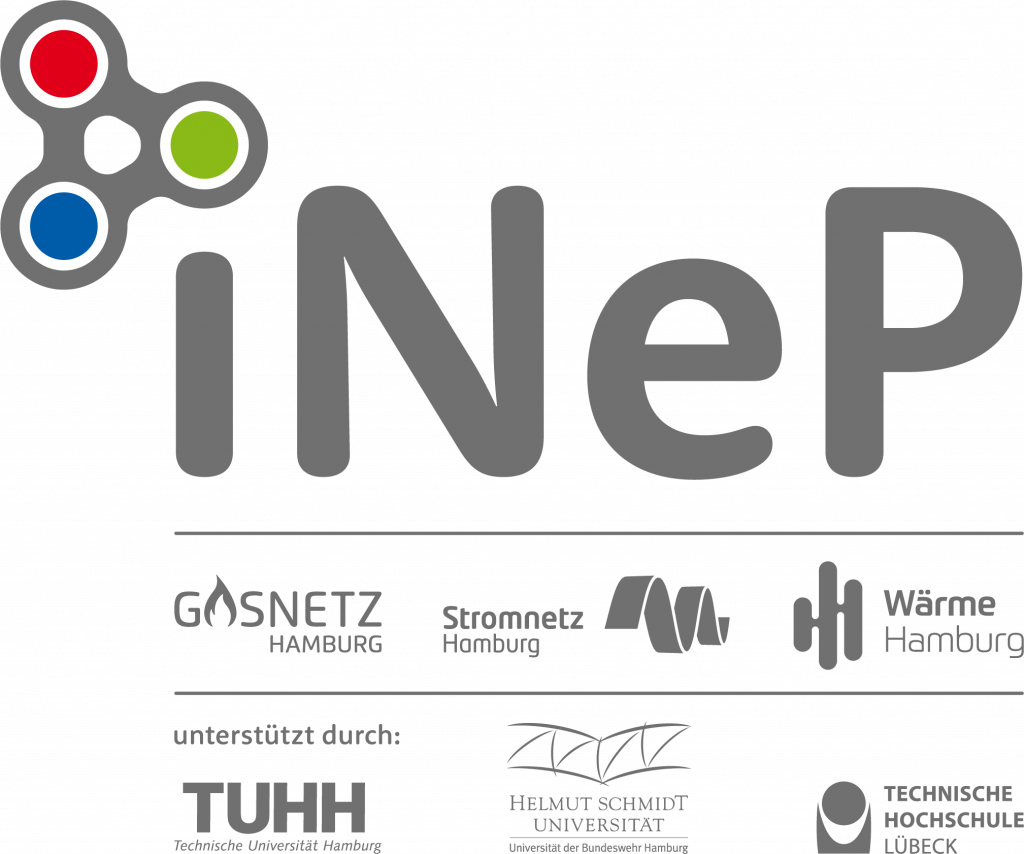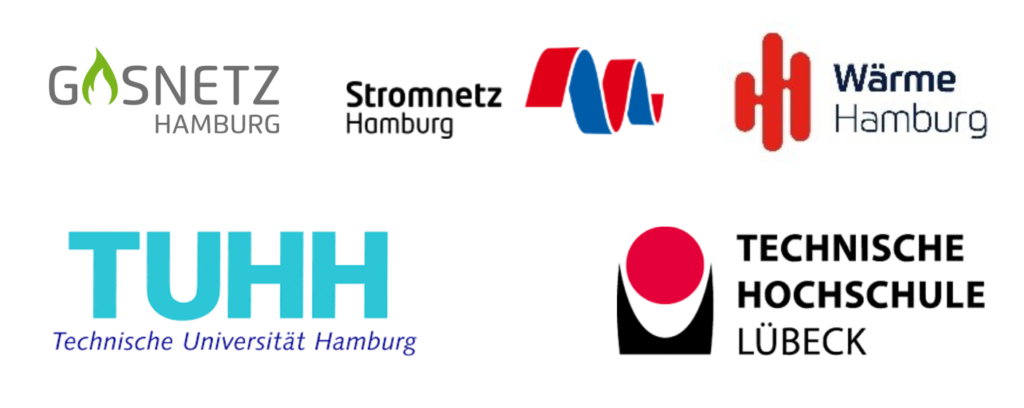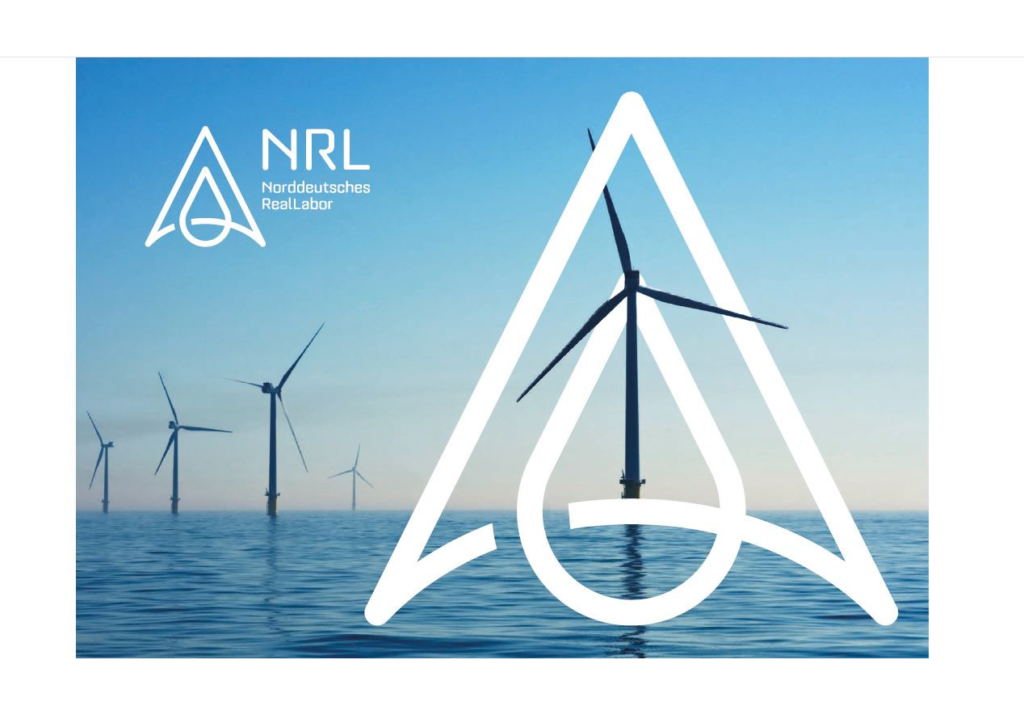Supported by


FKZ: 03EWR007H2
To meet energy and climate targets, an integrated and coordinated energy infrastructure planning is a critical success factor. Fulfilling the demand for green energy in all sectors – i. e. industry, building, heat, transport – requires joint grid planning activities that allow to evaluate, to select and to couple effective combinations of respective climate neutral energy sources, e. g. renewable power, green hydrogen, biomass, environmental heat, solar energy.
The project “Integrated Network Planning (iNeP)” as a contribution of the cooperative project “Norddeutsches Reallabor (NRL)” contains the development of a planning methodology to enable a new way of integrated planning for the three main infrastructures: power grid, gas grid and heating network. Taking into account the energy carriers’ varying physical behavior, technical boundary conditions, geographical aspects as well as existing infrastructure for the three different grids is a main part in “iNeP”. For this, data of prospective demands, load forecasting and grid infractructure data are collected. This specific task will include identifying and defining distinctive “zones” with comparable requirements in terms of energy demand.
With the developed methodology, designed as a planning tool, simulation results shall serve as a basis for a comparison between several alternatives for network expansion. Scenarios, demands and more parameters will feed it to determine most suitable and feasible grid/network coupling technologies as well as to support the decision on network expansion and joint developments including energy storage opportunities in the city of Hamburg as an industrial metropolis. It is going to be used as a coordinated and accepted “Roadmap” for the transformation of the three energy grids, electricity, gas and heat. By establishing transferability within the creation of the method, its utilization beyond the borders of Hamburg becomes conceivable.
The chair of electrical power systems of Helmut Schmidt University/University of the Bundeswehr Hamburg, participates in “iNeP” in collaboration with the research partners TU Hamburg and TH Lübeck as well as the distribution system operator Gasnetz Hamburg, Wärme Hamburg GmbH and the associate partner Stromnetz Hamburg GmbH.
Project partners:

Cooperative project:
In „Norddeutsches Reallabor” the participating actors investigate the potential for evolving the local energy system in a holistic approach. They develop concepts for integrated sector-coupling methods focused on hydrogen utilization and energy-efficient solutions for small-scale quarters in the heating sector for four geographic core areas in Hamburg, Schleswig-Holstein and Mecklenburg-Vorpommern. Associates and partners from the economy, research and politics take part representing the entire energy value chain starting from generation over transport and storage to consumption. The “Norddeutsches Reallabor” is funded by the German Ministry for Economics and Energy for a time-period of five years with a budget of more than 52 Mio. €.

„Green“ hydrogen, i. e. hydrogen provided by renewable power via water electrolysis, is going to be the key point within the cooperative project. Hydrogen can replace conventional gas in industrial processes and thus avoid carbon dioxide emissions. Moreover, it can serve as a fuel in the domestic sector. In this context, “Norddeutsches Reallabor” will also analyze the the possibility of retrofitting the natural gas distribution grid so as to render it suitable for hydrogen operation. To advance the transition of the heating sector, the actors also would like to utilize heat of waste incineration and an industrial plant for the heating grid. Combining all scheduled policies, up to 500.000 t of CO2 emissions could be avoided, prospectively.
The project „Norddeutsches Reallabor“ is based on the cooperative project NEW 4.0 (Northern Germany’s Energy Transition 4.0) and its demonstrator program, infrastructure and expertise. NEW 4.0 was one model region out of five of the now completed funding program “Showcase intelligent energy – digital agenda for the energy transition” (SINTEG).
Source: Press Release (BMWi)
Contact:
Prof. Dr.-Ing. habil. Detlef Schulz
Daniela Vorwerk, M.Sc.
Faculty for Electrical Engineering
Electrical Power Systems
Letzte Änderung: 31. May 2021
